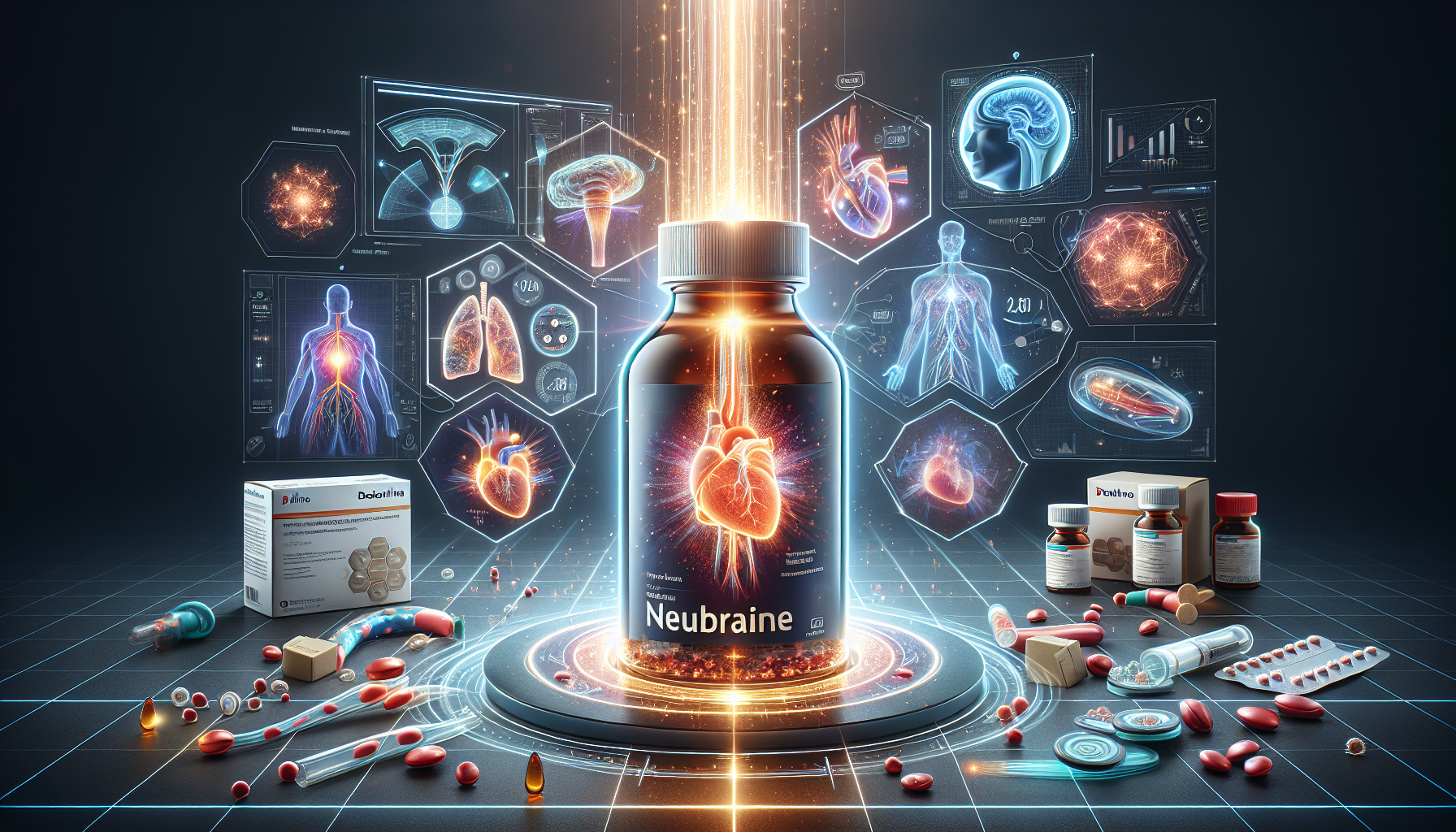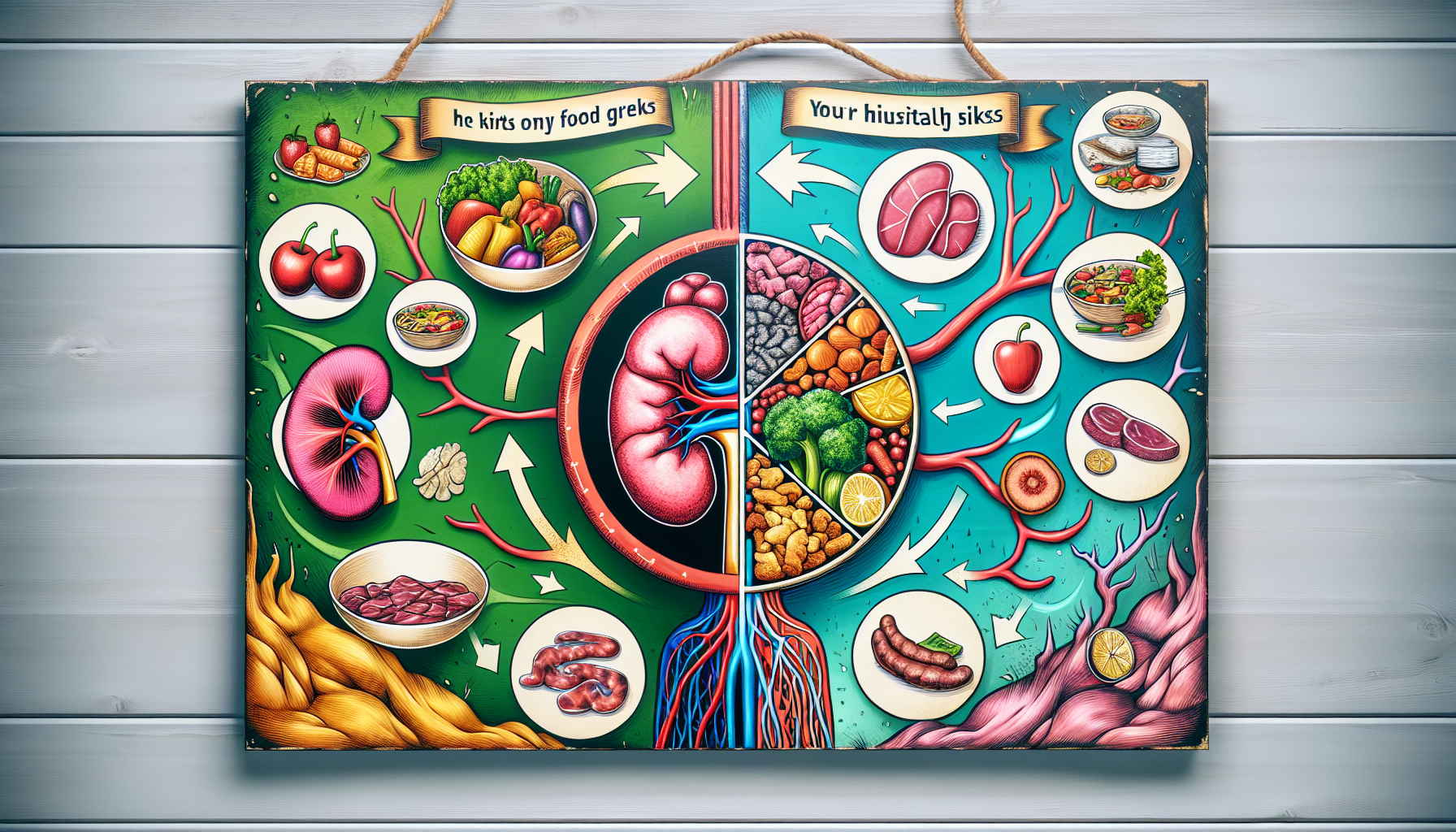Daewon Pharmaceuticals Launches Updated Neubaine Liquid for Enhanced Circulation
Revamping Health Supplements: The Launch of Renewed 'Neubaine Liquid' by Daewon Pharmaceuticals Have you ever wished that your health supplements were more convenient to use without compromising effectiveness? Daewon Pharmaceuticals might have just answered your prayers. Their recent update to the 'Neubaine Liquid,' a supplement for enhancing venous and lymphatic circulation, is making waves. But what makes this revamped product so special, and why is it a big deal for consumers? Let's dive into this exciting development. Understanding the Need for Circulation Supplements Before we delve into what Neubaine Liquid brings to the table, it's worth understanding why such products are in demand. Venous and lymphatic circulation disorders, like varicose veins and restless legs syndrome, are more common than you'd think. These conditions can cause swelling, pain, and a general decrease in quality of life. Supplements like Neubaine Liquid aim to alleviate these symptoms by improving blood flow and reducing discomfort. These are typically over-the-counter solutions, making them accessible for those seeking relief. The Evolution of Neubaine Liquid Daewon Pharmaceuticals has reintroduced Neubaine Liquid with a new packaging design and product sizes tailored to consumer needs. Originally available in 14-packet units, the product now offers a new 7-packet size. This change was influenced by a 2024 survey revealing that a significant percentage of users experienced benefits within a week of use. By adding a smaller package, Daewon provides a more convenient trial size, allowing users to quickly test its effectiveness without a long-term commitment. The traditional 28-packet size also persists, catering to those preferring a supply that supports extended use. Consumer-Centric Changes Drive the Re-Launch The decision to redesign and resize was not arbitrary. It was grounded in consumer feedback. In 2024, Daewon carried out a survey asking customers about their experience with Neubaine Liquid. A notable 74.7% indicated they felt improvements in under a week. This insight drove the introduction of the 7-packet package, making it easier for new users to try the product. Meanwhile, those who want a long-term supply won't miss out with the continued 28-packet availability. By listening to consumers, Daewon ensures that its offerings are helpful and tailored. Intuitive Packaging for Better Accessibility Beyond reconfiguring product sizing, Daewon has revamped the packaging itself. The new design accentuates consumer convenience and proactive choice-making. By showcasing the stick-pack form on the front, it immediately communicates ease of use and portability to the customer. This user-first approach simplifies product handling from purchase to everyday use. Such intuitive design choices highlight Daewon's commitment to facilitating a seamless experience from the shelf to the home. The Role of Pharmaceuticals in Health Management This approach represents a broader trend in the pharmaceutical industry—prioritizing consumer preferences alongside clinical efficacy. Over-the-counter solutions like Neubaine Liquid are pivotal as they empower individuals in their health management. Consumers today are seeking products that fit seamlessly into their hectic lifestyles, offering visible benefits without the complexities of prescription medications. By aligning product development with consumer expectations, companies not only retain existing customers but attract new ones seeking simplicity and effectiveness. The Future of Health Supplements and Personal Care What does the future hold for health supplements such as Neubaine Liquid? The continued integration of consumer feedback and scientific advancement is crucial. As companies strive to make products more user-friendly, they are likely to see increased engagement. The focus might expand to digital solutions, such as apps to track usage and progress, providing customers with more control and insight. The potential for personalized health management tools and supplements that cater to specific individual needs is growing. In conclusion, Daewon Pharmaceuticals' revamp of Neubaine Liquid underscores an essential shift in health supplement provision towards enhanced consumer accessibility and satisfaction. This development invites consumers to actively participate in their health journeys. As we adapt to an age where ease of use is as significant as efficacy, what additional innovations can we expect in health care products? It's a thrilling prospect, and the advances made today set the foundation for the discoveries of tomorrow. Have you tried any over-the-counter supplements recently, and how was the experience? Share your thoughts on what makes a supplement truly effective for your lifestyle.




